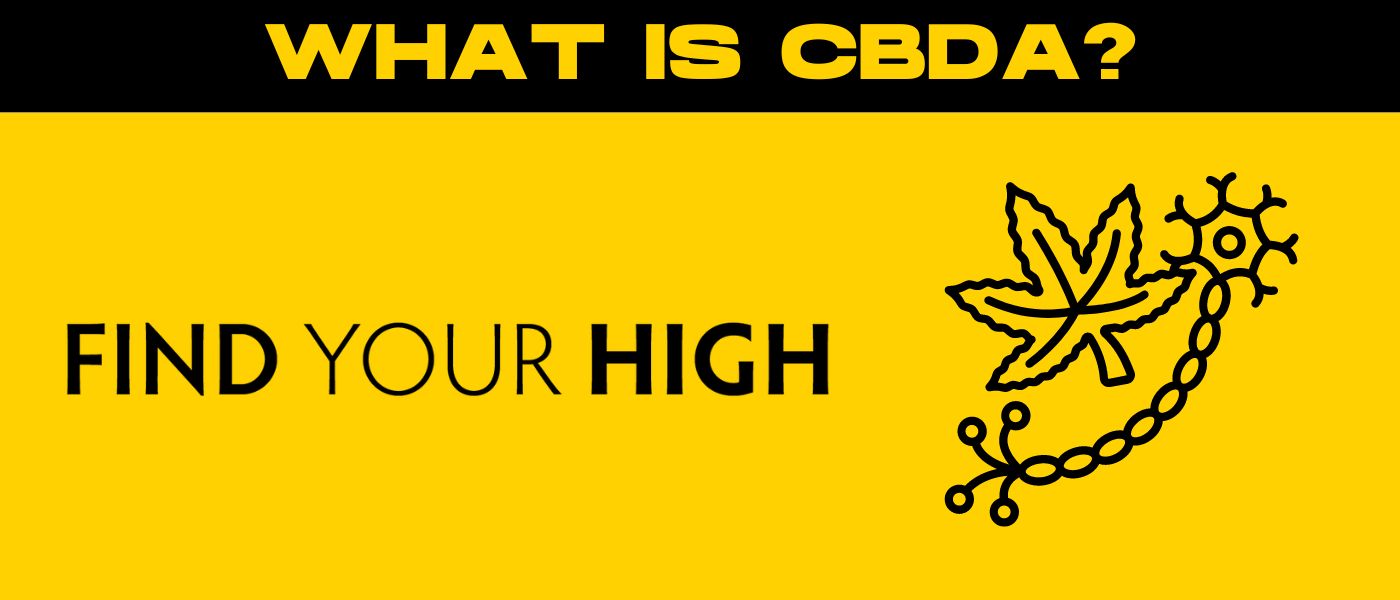With so many acronyms defining the different components of cannabis – CBD, THC, CBN, THCA – it’s no wonder that it can be confusing. But don’t stress, if you’re curious about what is CBDa, rest assured that you’re not alone!
Cannabidiolic Acid (CBDa) is one of the many compounds found in the cannabis plant. It belongs to a larger family of substances that we all know and love – cannabinoids.
What makes a major cannabinoid special is not only its exclusive presence in the cannabis plant but also its incredible impact on the human body’s endocannabinoid system, offering a wide range of potential health benefits.
In this blog post, we’ll explore the unique properties of CBDa, its potential therapeutic benefits, and its role in cannabinoid research. So, whether you’re an avid cannabis consumer or a curious newcomer wanting to drop some knowledge in your next smoke sesh, keep reading to learn more.
What is CBDa?
CBDa, or Cannabidiolic Acid, has a unique chemical structure and chemical composition that makes it stand out from other acidic cannabinoids. It’s an organic compound with a carboxylic acid group, and you can find it abundantly in raw cannabis plants.
Unlike THC, which is famous for its psychoactive effects, CBDa is a non-psychoactive compound, which means it won’t get you “high.” This property not only broadens the potential uses of CBDa but also makes it more acceptable and appealing to a wide range of stoners and non-stoners alike.
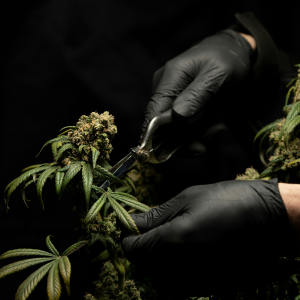
CBDa vs CBD
Now, let’s take a moment to address the question that’s probably on everybody’s mind: What’s the difference between CBDa and CBD?
Although they sound similar, and yes, they are part of the same cannabinoid family, there are some crucial distinctions worth noting.
1. Decarboxylation Process
For starters, the primary difference between CBDa and CBD lies in the process known as decarboxylation.
In simple terms, decarboxylation is the process of heating cannabis, which transforms CBDa, a raw, non-activated cannabinoid, into CBD, an activated one. Without being subjected to heat, the cannabis plant will naturally contain more CBDa than CBD.
Put simply, CBDa is to CBD what THCA is to THC. It’s essentially the acidic cannabinoids, or unactivated version, that requires a touch of heat to add some excitement because CBDa converts into CBD.
2. Potential Health Benefits
While both CBDa and CBD have potential health benefits, the type and extent of these benefits can vary.
CBD is well-known for its potential therapeutic effects, including inflammatory pain relief, anxiety reduction, and seizure control. CBDa, while not as extensively studied as CBD, shows promising potential in areas such as inflammation reduction and nausea control.
3. Research Findings on CBDa
Current Research and clinical trials into CBDa appears less advanced compared to CBD, largely due to its raw, non-activated state. However, initial studies suggest that CBDa could play a significant role in the medical field, potentially offering benefits that are unique from CBD.
How CBDa Interacts with the Endocannabinoid System
The endocannabinoid system (ECS) is a complex cell-signaling system within our bodies that plays a vital role in maintaining physiological homeostasis. It’s comprised of endocannabinoids, cannabinoid receptors, and enzymes, and it’s involved in regulating a variety of functions, including sleep, mood, appetite, and pain.
CBDa, like other acidic cannabinoids, interacts with this system… but in a unique way. While most cannabinoids bind directly with cannabinoid receptors, CBDa (Cannabidiolic Acid) doesn’t. Instead, it interacts with the ECS by inhibiting the cyclooxygenase-2 (COX-2) enzyme. The inhibition of COX-2 has been linked to the reduction of inflammation, which is why CBDa is considered to have potential anti-inflammatory properties.
The interaction of CBDa with the endocannabinoid system could have a significant impact on homeostasis — the body’s internal balance of physical and chemical conditions. By potentially regulating inflammation and pain perception through its interaction with COX-2 and indirectly with the ECS, CBDa may help the body maintain stability and ensure its smooth functioning. However, more research is needed to fully understand these interactions and their implications for health and treatment.
Sources of CBDa
CBDa, like other cannabinoids, is naturally occurring and can be derived from certain varieties of the cannabis plant. However, not all cannabis plants are created equal; different strains and varieties of marijuana plants have different cannabinoid profiles.
CBDa is primarily found in high amounts in certain strains of cannabis, particularly those classified as Cannabis Sativa L. These strains, which are often hemp varieties, are often bred specifically to have high CBD and CBDa levels and minimal amounts of THC, though that’s not always the case.
Raw Hemp Products
Raw hemp products are also a rich source of CBDa. These include raw hemp juice, hemp flower, and raw hemp seed oil.
It’s important to note that CBDa is present in the raw form of these products. Cooking or heating these products may convert the CBDa into CBD through the process of decarboxylation.
CBDa Extraction Methods
Extracting CBDa (Cannabidiolic Acid) from the cannabis plant is a meticulous process aimed at preserving the raw cannabinoids in their natural state as much as possible.
Traditional extraction methods that involve heat are not suitable as they convert CBDa into CBD. Therefore, extraction techniques such as cold-press extraction or raw cannabis juice extraction are often used to obtain CBDa.
These methods do not apply heat, ultimately preserving the CBDa in its natural, raw form. Further research and technological advancements may lead to the development of more effective and efficient extraction methods for CBDa in the future, but for now, these methods are doing the job just fine.
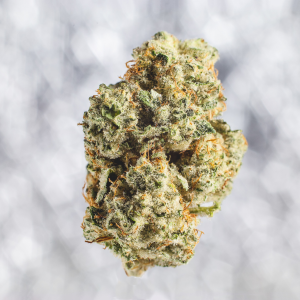
Potential Medical Applications
Because of how it interacts with the endocannabinoid system, the benefits of CBDa (Cannabidiolic Acid) have shown promise in various medical applications. Here are a few important areas:
- Anti-inflammatory properties: As we’ve discussed, the benefits of CBDa can inhibit the COX-2 enzyme, which is linked to inflammation. This suggests that CBDa might hold promise in the treatment of conditions marked by inflammation.
- Antioxidant effects: Preliminary research suggests that CBDa may possess antioxidant properties, which could be helpful in neutralizing harmful free radicals in the body. This has the potential to protect the body from different diseases and promote overall health.
Emerging Research on CBDa and Specific Conditions
While research on CBDa (Cannabidiolic Acid) is still in the early stages, several studies have begun to explore its potential benefits for specific conditions. For instance, some preliminary research suggests that CBDa may have neuroprotective properties, which could potentially be beneficial for neurological conditions.
More studies are needed to confirm these initial findings and to further understand the potential medical applications of CBDa. However, it’s an exciting time in cannabinoid research, and we’re excited to see what future studies will reveal about CBDa’s unique properties and potential.
Legal Status of CBDa
Now for the nitty gritty legal talk. Maybe not the most exciting topic, but bear with us here.
The legal landscape surrounding cannabinoids, including CBDa, can be quite complex and varies widely around the world. In the end, it’s crucial to think about the regulatory aspects as these compounds start getting recognized for their therapeutic potential.
In many jurisdictions, the legality of CBDa is intertwined with regulatory stipulations related to THC. For instance, in the United States, hemp-derived products (including CBDa) are federally legal if they contain less than 0.3% THC. However, this distinction doesn’t apply to CBD derived from cannabis plants.
Outside the US, the legal status of CBDa can differ significantly. Some countries have embraced the medical potential of cannabinoids and made provisions for their use, while others strictly control CBDa and other cannabinoids as substances. Therefore, those interested in CBDa and ‘what is CBDa’ need to be aware of the laws and regulations specific to their country or state.
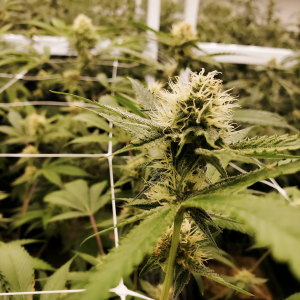
How to Use CBDa
CBDa can be a great addition to your wellness routine, but it’s important to know how to use it effectively and safely.
Check out the following sections for tips on consumption methods, dosage considerations, and incorporating CBDa into your wellness routines.
Consumption Methods
There are several ways to consume CBDa, and each has its unique benefits and considerations.
One common method is through oral consumption, which can be achieved by adding CBDa oil to your favorite food or drink or taking it directly under the tongue. This method allows for easy dosage control and quick absorption.
Alternatively, topical application of CBDa-infused creams or lotions can target specific areas of discomfort, as the cannabinoid penetrates the skin and interacts with nearby endocannabinoid receptors.
Additionally, raw hemp products, such as raw hemp juice or even raw cannabis flowers themselves, can provide a natural source of CBDa.
Dosage Considerations
Determining the appropriate dosage of CBDa can be complex, as individual responses can vary based on factors like body weight, drug metabolism, and the reason for use.
It’s generally recommended to start with a lower dose and gradually increase until the desired effects are achieved.
Like any wellness product, it’s a good idea to chat with a healthcare provider before diving into a new CBDa routine. They can offer guidance tailored to your unique health profile and needs.
Incorporating CBDa Into Wellness Routines
CBDa can be seamlessly incorporated into your daily wellness routine. For instance, CBDa oil can be added to your morning coffee or smoothie for a wellness boost to start your day.
If you prefer topical products, applying a CBDa-infused lotion as part of your skincare routine can potentially provide localized relief and skin health benefits.
Remember, consistency is key when using cannabinoids for wellness, so make sure to use your chosen CBDa product regularly to experience its potential benefits fully.
Future Trends and Research
As the world continues to recognize the potential of cannabinoids, research on CBDa is gaining momentum. Ongoing studies are diving deeper into its potential therapeutic benefits, exploring topics such as its potential anti-inflammatory, antioxidant, and neuroprotective properties.
Simultaneously, advancements in technology and increased funding could encourage a surge in cannabinoid research, potentially revealing more effective extraction methods and applications for CBDa and other cannabinoids.
Market trends also indicate growing consumer interest in CBDa, a likely consequence of the rising health and wellness trend and increased public awareness of the potential benefits of cannabinoids.
As we move forward, the dynamics of the cannabinoid market will be significantly influenced by these research outcomes, regulatory changes, and shifts in consumer preference.
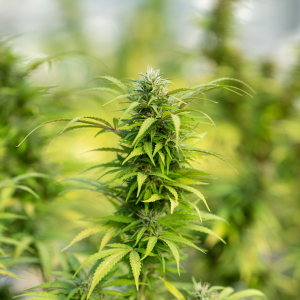
Summary
In conclusion, our exploration into the question, “What is CBDa?” has led us to some pretty interesting findings.
We’ve touched on its various potential benefits, including anti-inflammatory and antioxidant effects, as well as emerging research suggesting its potential neuroprotective properties. The legal status of CBDa differs across countries and regions, emphasizing the need for regulatory attention as its therapeutic potential becomes more recognized.
We also discussed how to use CBDa, including consumption methods, dosage considerations, and its integration into wellness routines.
In the end, the future of CBDa looks promising, with ongoing scientific research digging deeper into its potential therapeutic properties, driven by technological advancements and emerging market trends. Nevertheless, much remains to be discovered about CBDa and other cannabinoids, emphasizing the need for further exploration, research, and understanding so that maybe people aren’t left wondering ‘what is CBDa.’
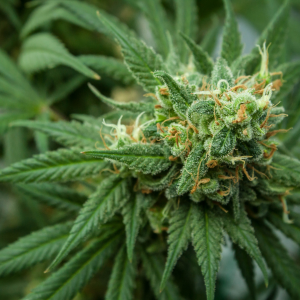
Frequently Asked Questions
1. Is CBDa stronger than CBD?
CBD and CBDa are two different compounds with unique properties. It would be incorrect to label one as “stronger” than the other, as their effects can vary based on factors like individual physiology, dosage, and intake method.
However, some early research suggests that CBDa may have a higher affinity for certain receptors in the body than CBD, potentially resulting in more potent effects in some circumstances.
Note that this is an area of ongoing research, and more studies are needed to fully understand the comparative strengths of CBDa and CBD.
2. What does CBDa do for the body?
CBDa, or Cannabidiolic Acid, is a naturally occurring cannabinoid found in raw cannabis and hemp plants. Research suggests that CBDa interacts with the endocannabinoid system in the body, a network of receptors that play a crucial role in maintaining physiological balance.
CBDa is believed to have various potential benefits, including anti-inflammatory, antioxidant, and neuroprotective properties. However, it is important to note that research into the effects of CBDa on the human body is still in its early stages, and the full range of its potential benefits is not yet fully understood.
3. What are the side effects of CBDa?
As with any supplement, the potential for side effects exists with CBDa, but it generally appears to be well-tolerated.
Some people may experience mild side effects such as drowsiness, changes in appetite, or gastrointestinal discomfort. However, these effects are typically associated with higher doses and may not occur in everyone.
As always, it is recommended to consult with a healthcare provider before starting any new supplement regimen, including CBDa.
4. Is CBDa good for anxiety?
Preliminary research suggests that CBDa may have potential anti-anxiety effects. This may be due to its interaction with serotonin receptors in the brain, which play a key role in mood and anxiety.
However, these findings are based on limited studies and more research is needed to confirm these effects and establish appropriate doses for anxiety management. As always, individuals experiencing anxiety should consult with a healthcare professional for personalized advice.
5. How does CBDa make you feel?
The effects of CBDa can vary based on individual factors such as physiology, dosage, and method of consumption. However, users often report a sense of calm and relaxation after taking CBDa.
Some early research suggests potential anti-anxiety effects of CBDa, which may contribute to feelings of tranquility. Additionally, its anti-inflammatory and analgesic properties can possibly alleviate discomfort, leading to a general sense of well-being.
It’s important to remember that while many individuals reportedly benefit from CBDa, its effects may differ from person to person, and more research is needed to fully understand its impact on mood and overall feelings.
6. Is CBDa good for sleep?
While research into the sleep-promoting effects of CBDa is relatively limited, some studies suggest cannabinoids may help to regulate sleep patterns. CBDa is believed to interact with the body’s endocannabinoid system, which plays a role in maintaining various physiological processes, including sleep cycles.
Additionally, CBDa’s potential anti-anxiety and analgesic properties might contribute to improved sleep quality by reducing anxiety and relieving discomfort. However, it is important to note that the findings are still preliminary, and more research is needed to fully understand CBDa’s effects on sleep.
7. Can you take too much CBDa?
While CBDa is generally considered safe and well-tolerated, it is possible to consume too much of it, as with any substance.
Excessive intake of CBDa may lead to mild side effects such as drowsiness, changes in appetite, or gastrointestinal discomfort. However, these effects are typically associated with high doses and may not occur in everyone.
The threshold for what constitutes “too much” can vary significantly between individuals, depending on factors like body weight, metabolism, and individual sensitivity to cannabinoids. As always, it is recommended to start with a low dose and gradually increase to find the optimal dosage that delivers desired benefits without undesired side effects.

 Rewards
Rewards




